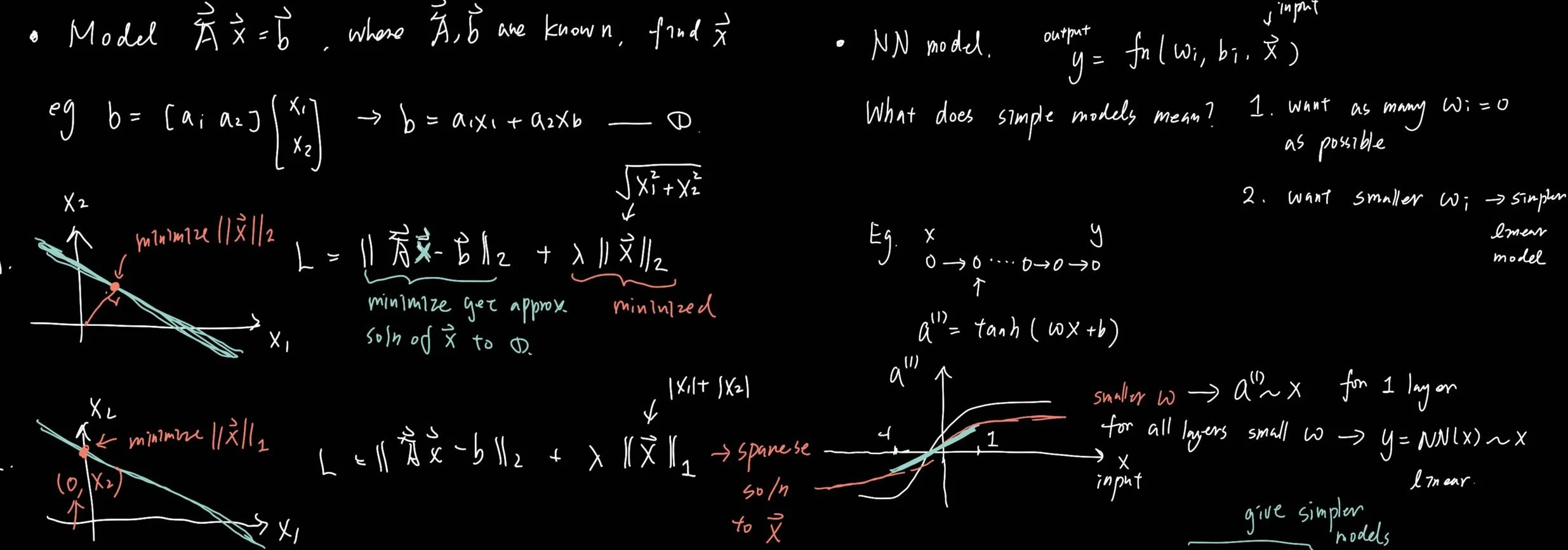
Teaching
Machine Learning and the Physical Sciences
Spring Quarter, CME 215 (graduate level)
This course provides a survey of the rapidly growing field of machine learning in the physical sciences. It covers various areas such as inverse problems, emulating physical processes, model discovery given data, and solution discovery given equations. It both introduces the background knowledge required to implement physics-informed deep learning and provides practical in-class coding exercises. Students have the opportunity to apply this emerging methodology to their own research interests across all fields of the physical sciences, including geophysics, climate, fluids, or other systems where the same technique applies. Students develop individual projects throughout the semester.
Physics of Ice
Winter Quarter, GP233/133 (graduate/undergraduate level)
Lecture notes I put together for the topic of Ice-Sheet Dynamics
Ice is an essential element of Earth’s global climate system. This course introduces undergraduate and graduate students to the physics of ice on Earth and other Planetary bodies. Drawing from basic physical concepts, mathematical modeling, and different observations, we discuss how ice forms, deforms, and melts through its interactions with other elements of the climate system including the atmosphere, the ocean and the ground beneath. Students will gain an appreciation for the variety of physical processes relevant in the cryosphere, the outsized importance of ice sheets for the global climate system, and the large gaps that remain in our understanding.